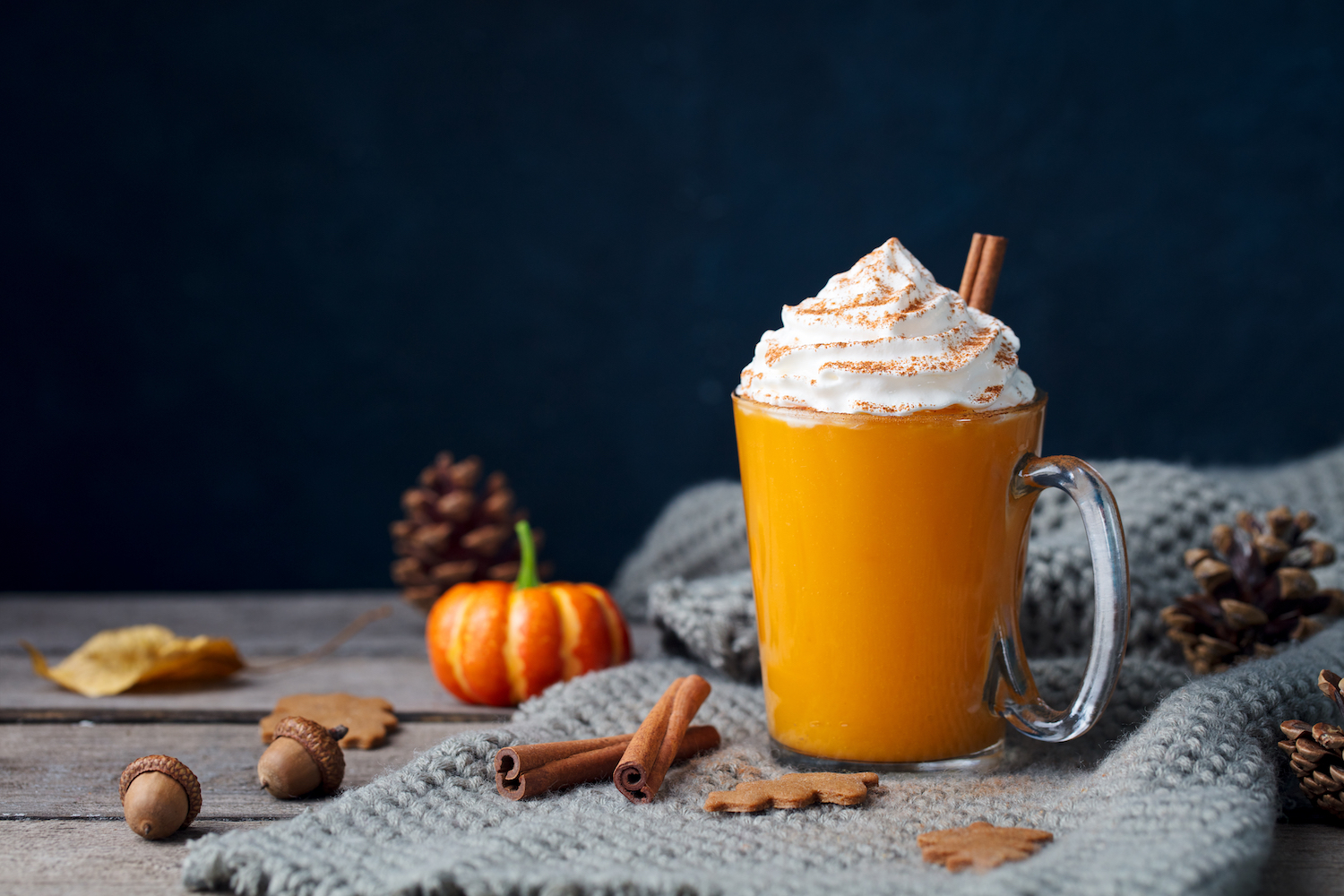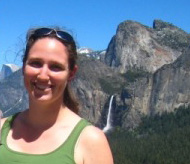
Why Do People Like Pumpkin Spice So Much?

Mmm, that spicy-sweet scent that takes over coffee shops, bakeries and entire aisles at the grocery store is a good indication that autumn has arrived. But what is it about this seasonal trend — that is, infusing pumpkin spice flavor into all kinds of treats — that makes it a fall favorite?
The answer has to do with how our brains respond to nostalgia, marketing and the sweet taste that often comes along with the spice, said Catherine Franssen, assistant professor of biopsychology and director of neurostudies at Longwood University in Virginia.
Pumpkin spice is usually a blend of cinnamon, nutmeg, cloves and ginger, with allspice, cardamom and lemon peel occasionally added. (There is nothing "seasonal" about any of these ingredients — nor is there any actual pumpkin typically included.) [Is Pumpkin (Everything) Good for You?]
However, many families eat pumpkin pie and other similarly spiced treats in the fall. So, it's understandable that we've come to associate these smells with the fall holidays. And that smell association then taps into our sense of nostalgia, Franssen said. For instance, the sweet smell of pumpkin spice might remind us of times we helped grandma bake pumpkin pie during Thanksgiving.
Smell is the only one of our senses that is transmitted directly to the amygdala, the emotional center of the brain, according to Franssen. Whenever we come across certain smells, the amygdala can quickly remind us of a specific time, place, feeling or gut instinct, before we even realize it, she said.
So, the familiarity of pumpkin spice flavors can bring back warm memories of home baking, family time, parties and feasts, as well as other positive links with fall. "You smell it — or even see those pumpkin pictures," and the cerebral cortex, the part of the brain that can recall past associations, springs into action, Franssen said. Basically, this part of the brain, "tells the reward part of your brain [the mesolimbic dopaminergic pathway], this [pumpkin spice treat] is going to be great," just like it was last time, Franssen said.
Another big factor in our love for pumpkin spice is how it's marketed. Marketers start advertising pumpkin spice treats in early fall, as pumpkins start to ripen on their vines. Then, advertisers emphasize that pumpkins and pumpkin spice are available for only a limited time. (Why we become more motivated to purchase a limited time item is known as reactance theory, according to a blog post by Jordan Lewis, a neuroscientist at Penn State College of Medicine, on Scitable, which is published by Nature Education.)
Sign up for the Live Science daily newsletter now
Get the world’s most fascinating discoveries delivered straight to your inbox.
Meanwhile, pumpkin spice products also entice consumers via their sweet tooth. Typically, pumpkin spice is presented in a treat, such as a baked good or a sweetened latte. "Our brain really prefers sugar as its nutrient source, because sugar molecules are really small, so they can cross membranes really easily," Franssen said. "And your neurons, [or] brain cells, can use sugar really easily and readily."
Because pumpkin spice-flavored food is typically on the sweet side, several areas of the brain become more active as these seasonal treats are consumed.
"There’s a sugar loading and your brain says 'yay sugar, I'm so excited about sugar,'" Franssen said. "Not only is it a general activation [in the brain], but it's going to light up the reward centers of your brain, like our dopaminergic pathways." This, in turn, stimulates the production of dopamine, a neurotransmitter that helps control the brain's reward and pleasure centers, which then creates the association that sugar is good and makes us want to consume more, according to Franssen.
Add it all together, and there's pretty good chance that the first sip of the first pumpkin spice latte of the season will make our brains say, "Wow, I really like how this pumpkin spice latte makes me feel," convincing us to indulge in another.
Original article on Live Science.

Rachel Ross is a science writer and editor focusing on astronomy, Earth science, physical science and math. She holds a Bachelor of Arts in Philosophy from the University of California Davis and a Master's degree in astronomy from James Cook University. She also has a certificate in science writing from Stanford University. Prior to becoming a science writer, Rachel worked at the Las Cumbres Observatory in California, where she specialized in education and outreach, supplemented with science research and telescope operations. While studying for her undergraduate degree, Rachel also taught an introduction to astronomy lab and worked with a research astronomer.









